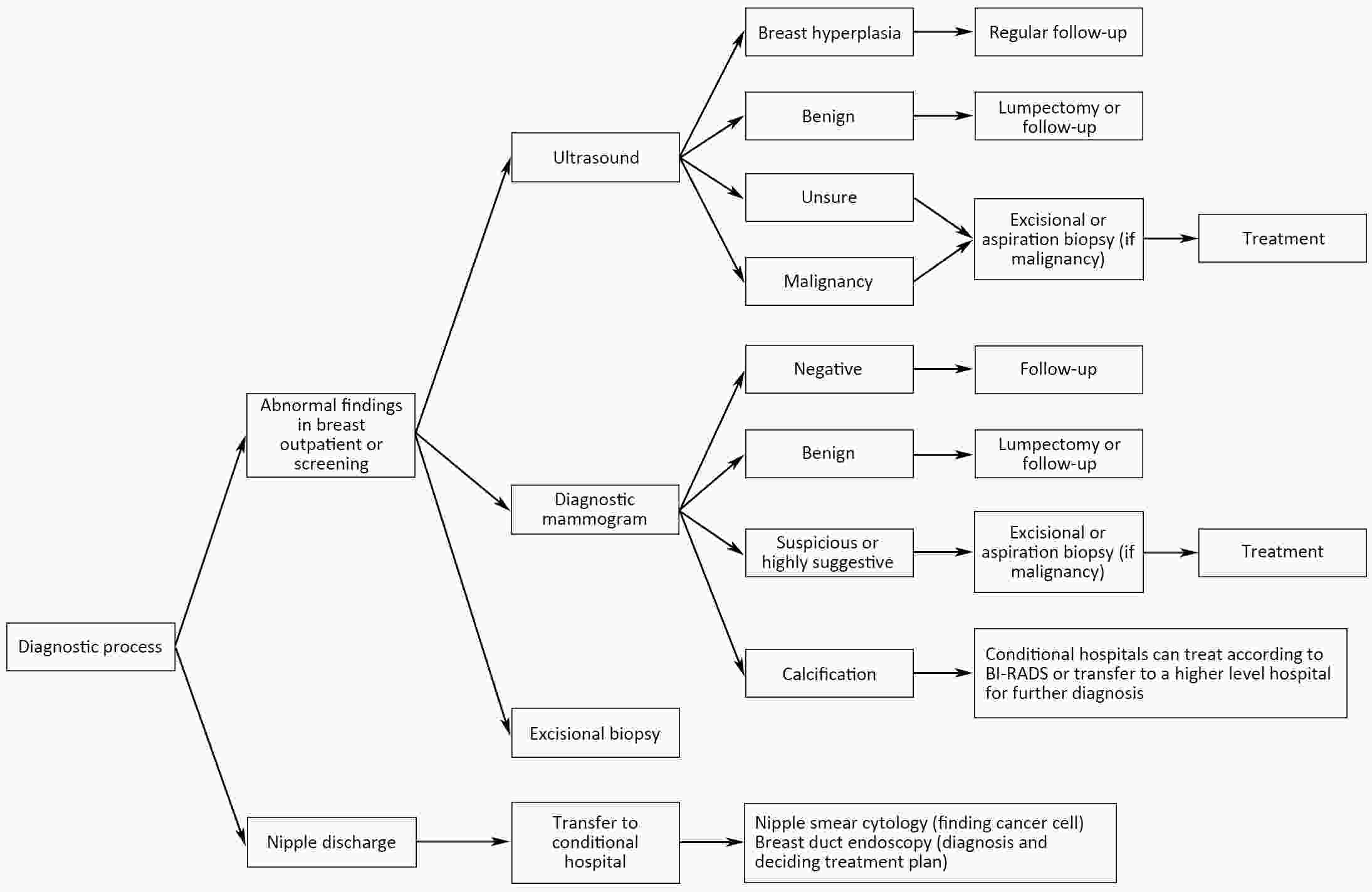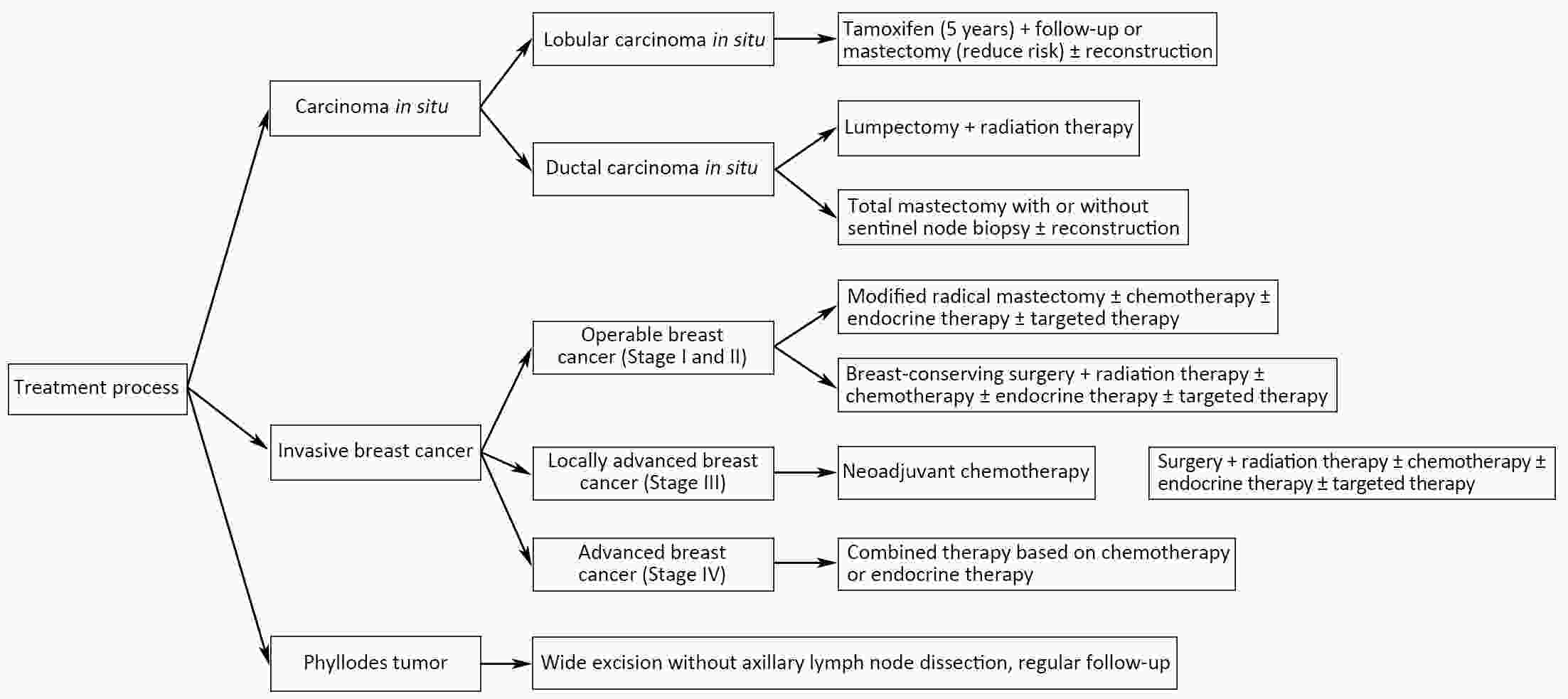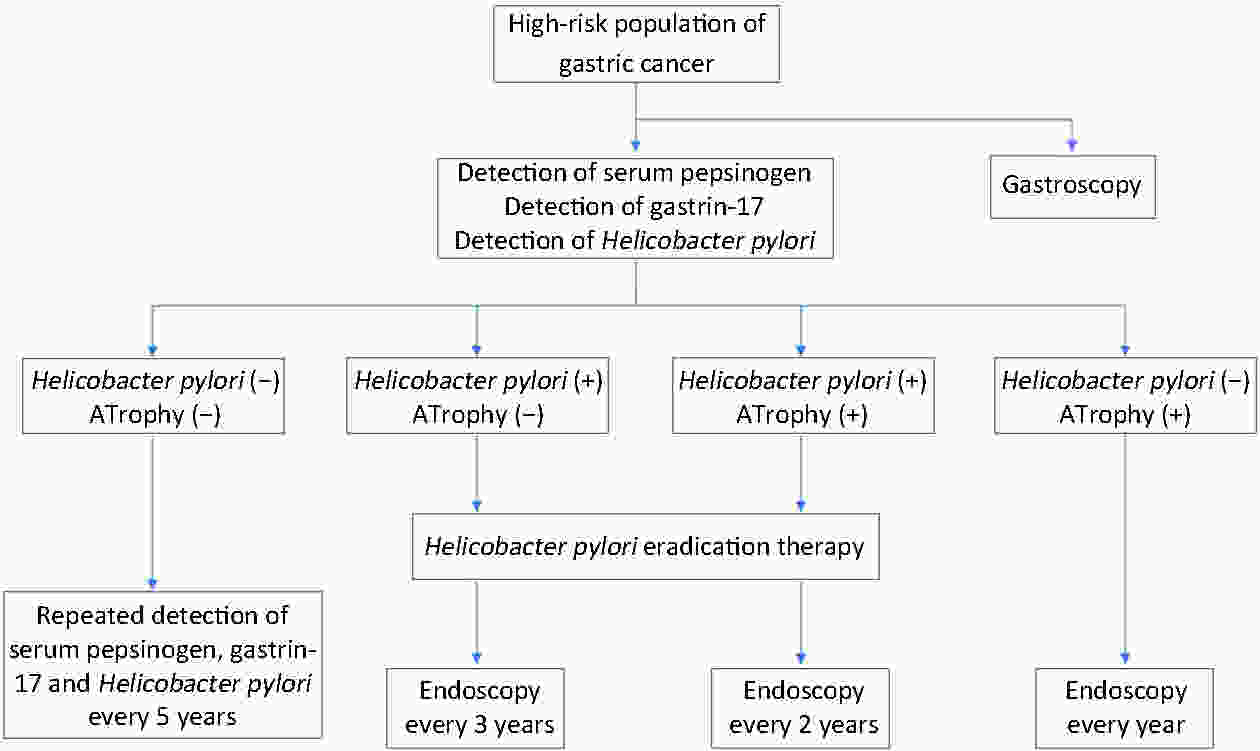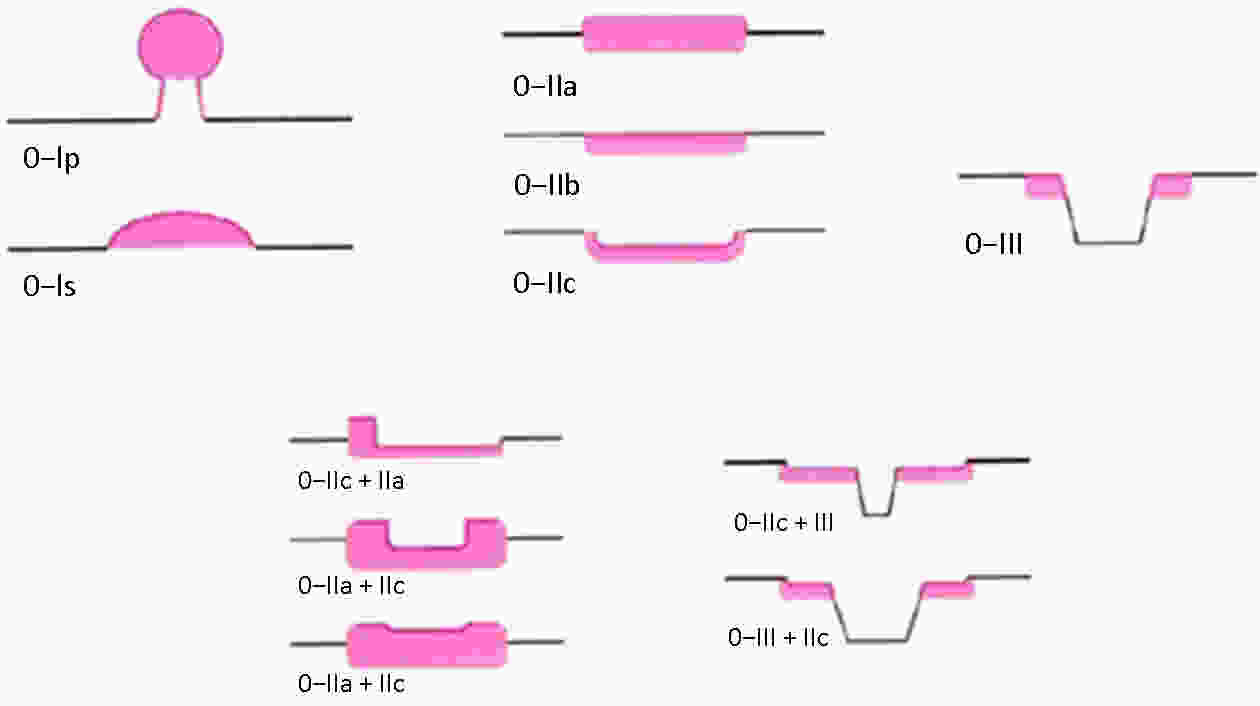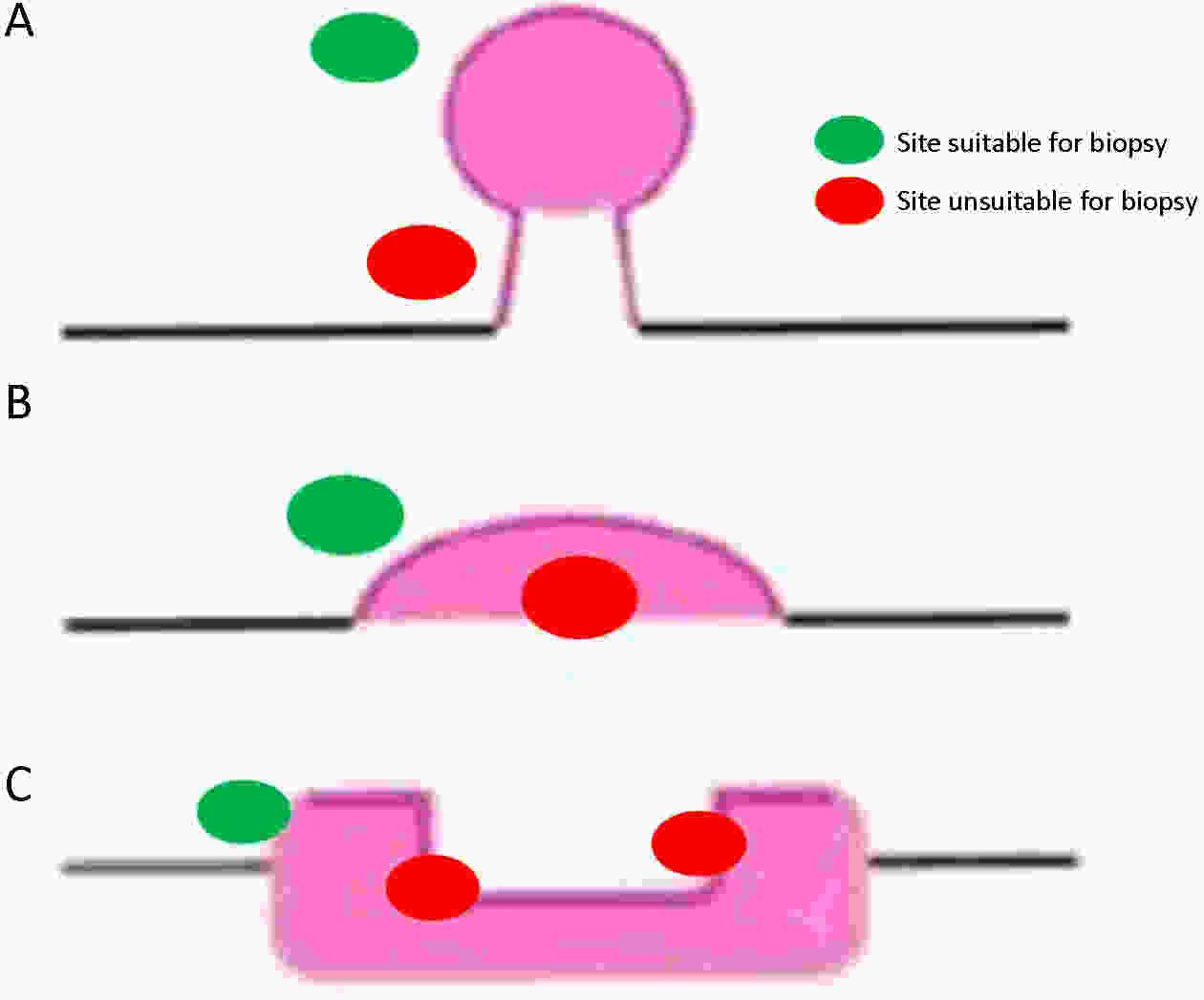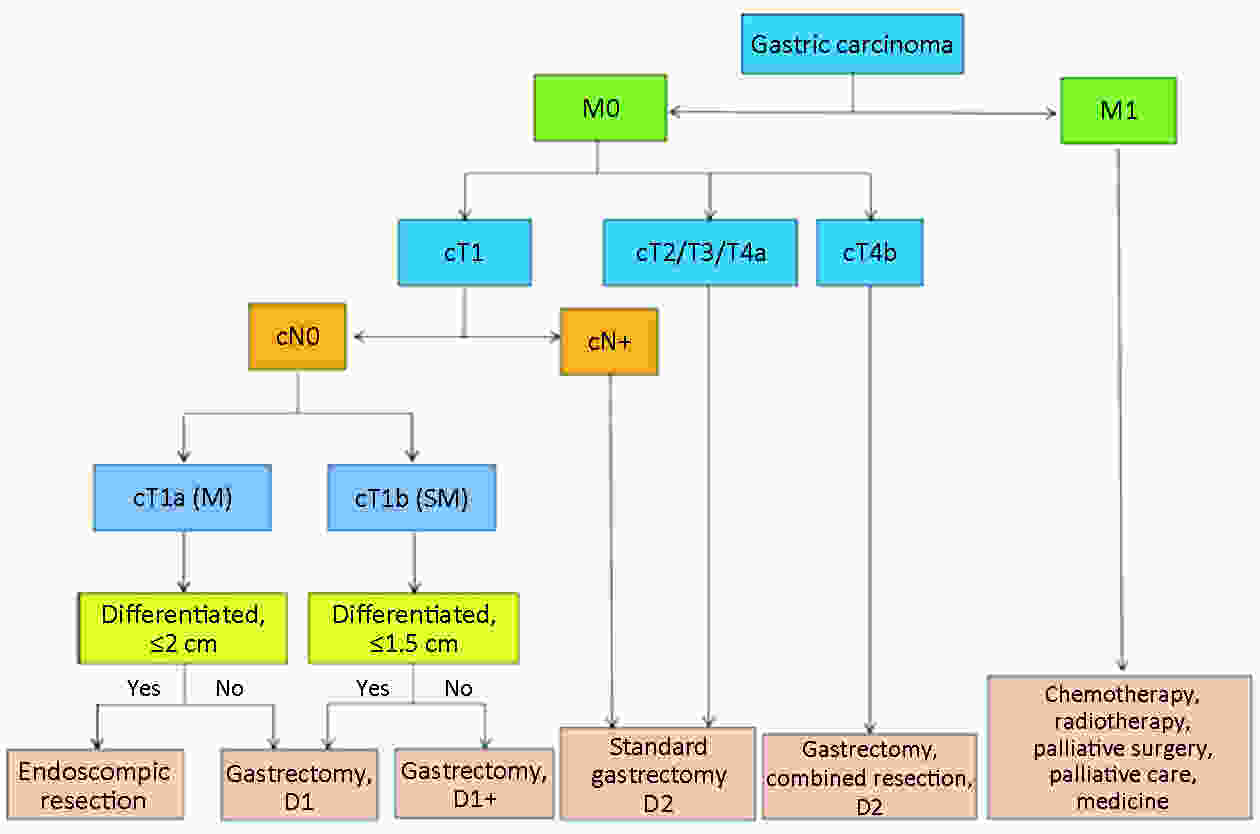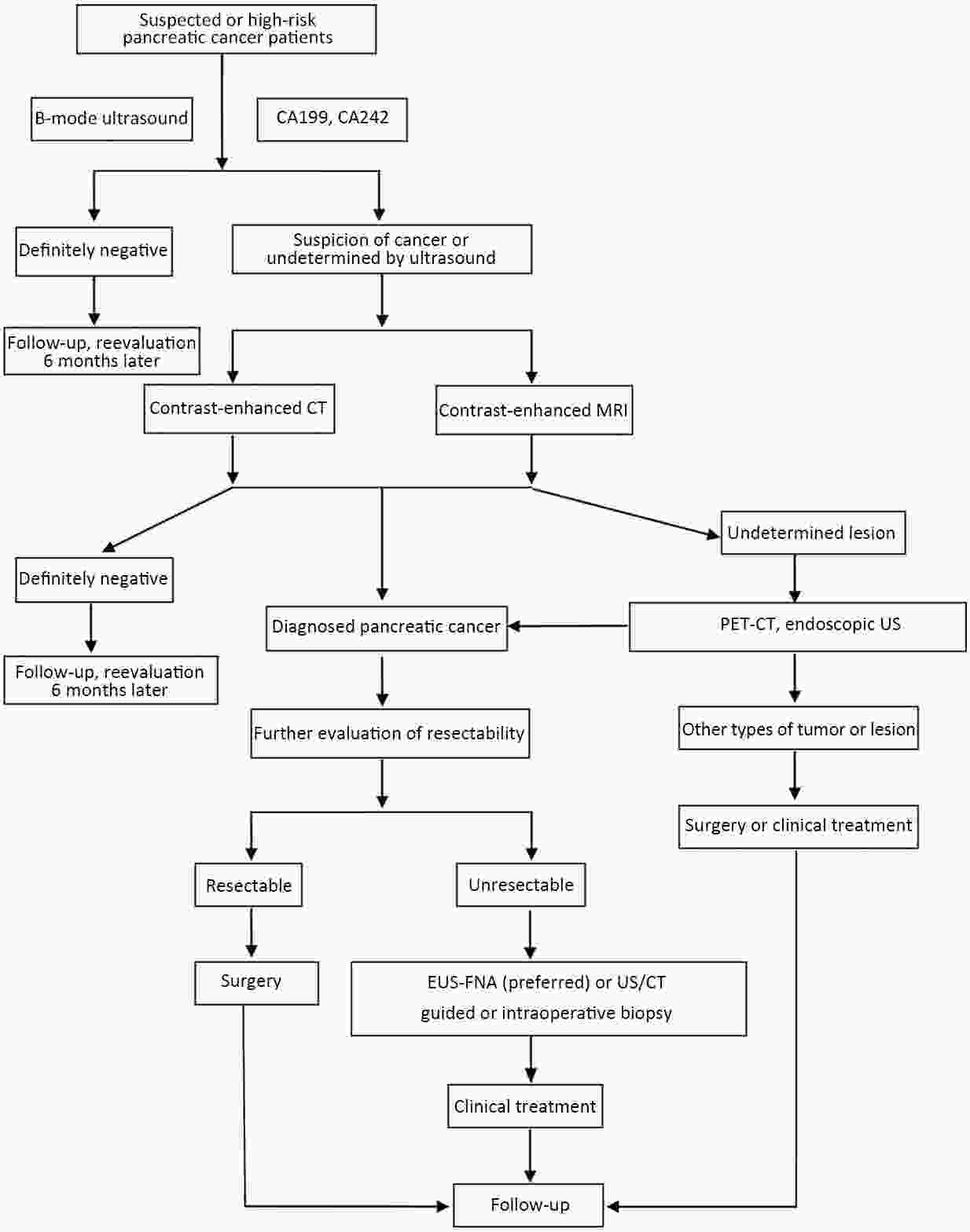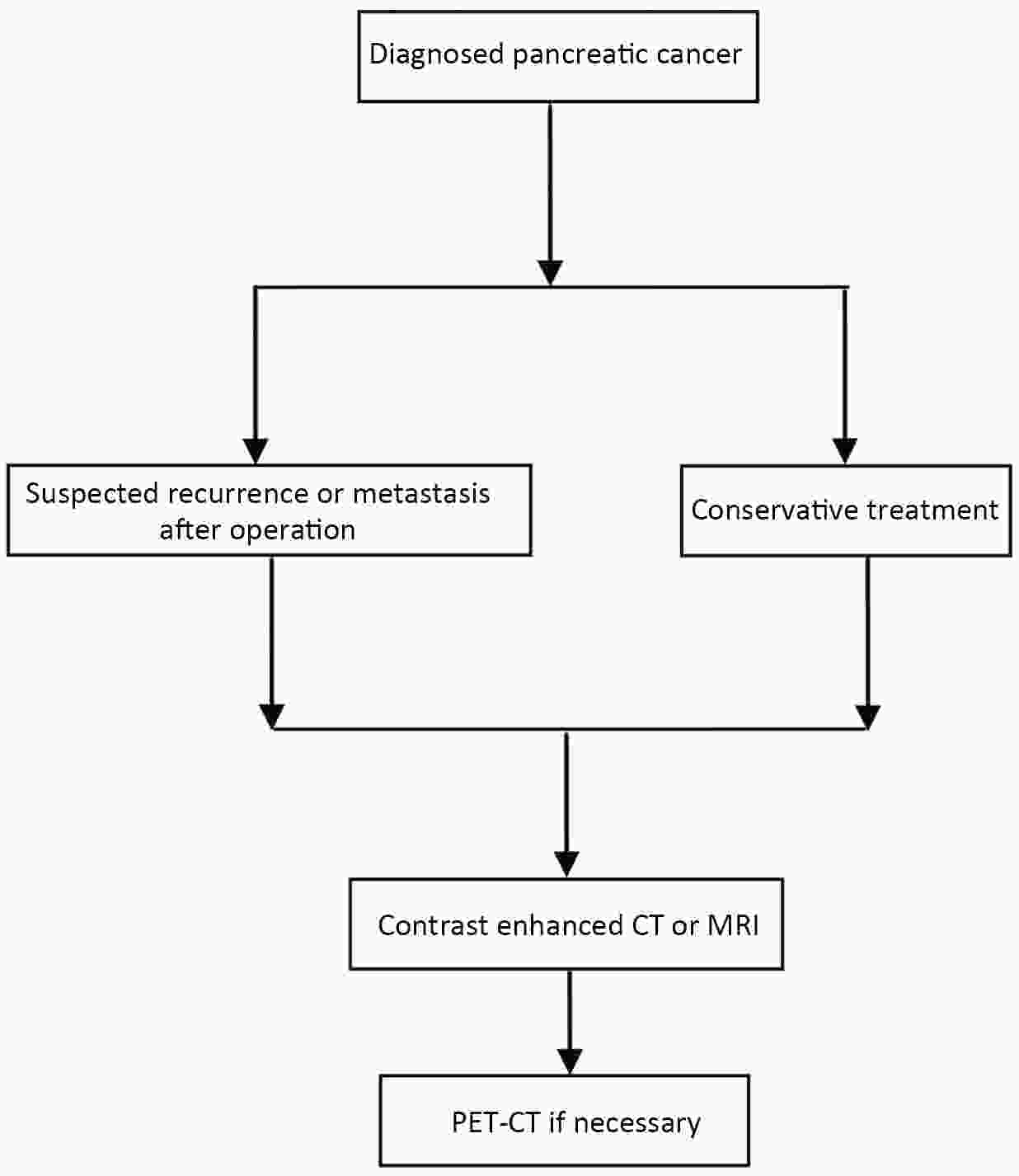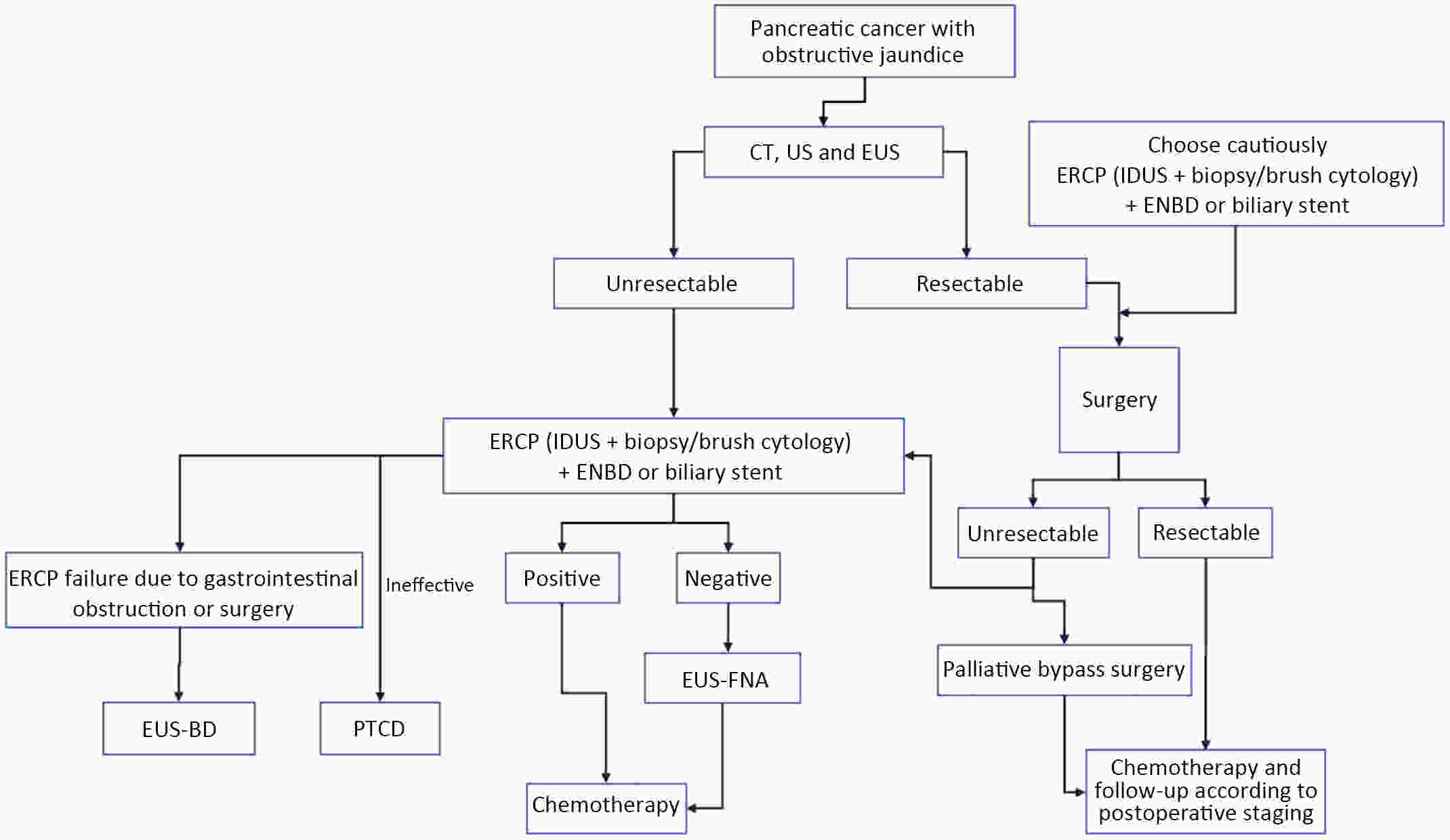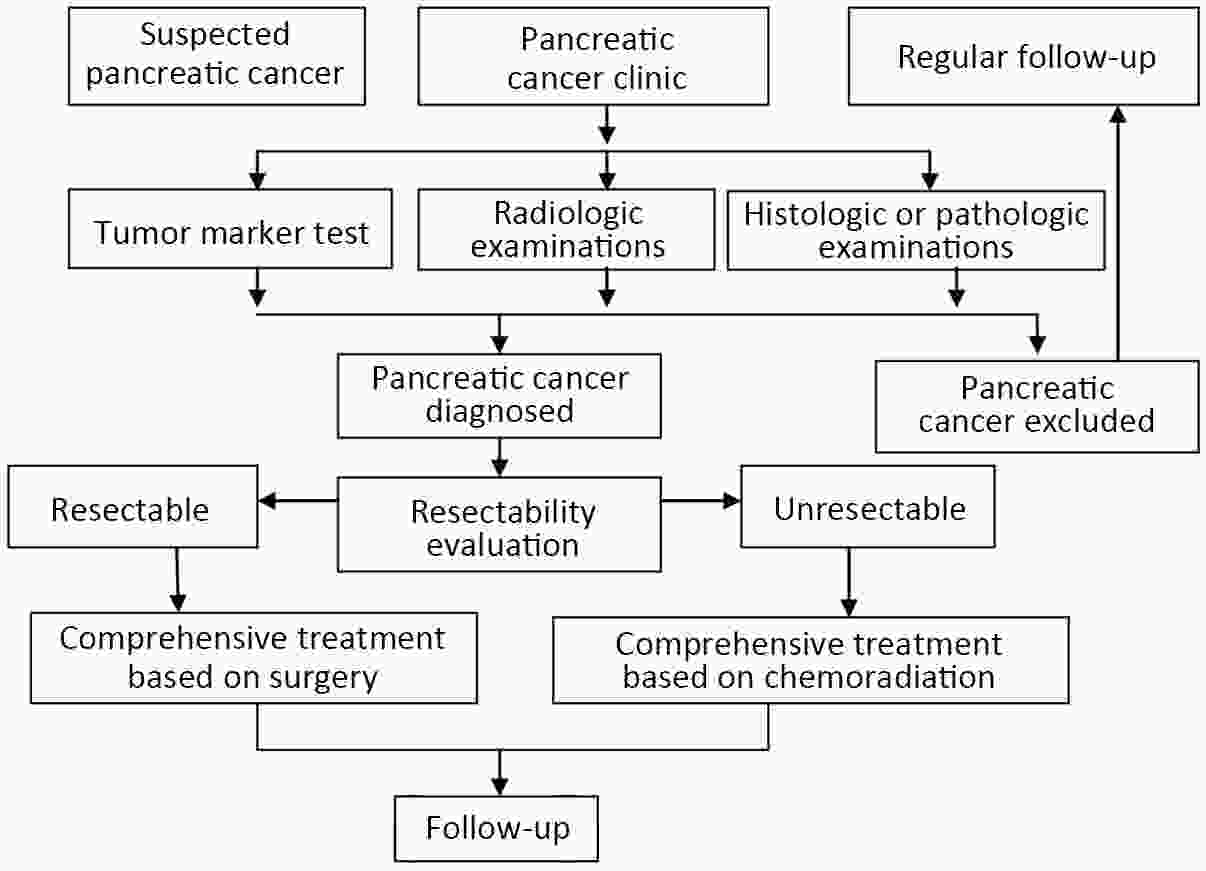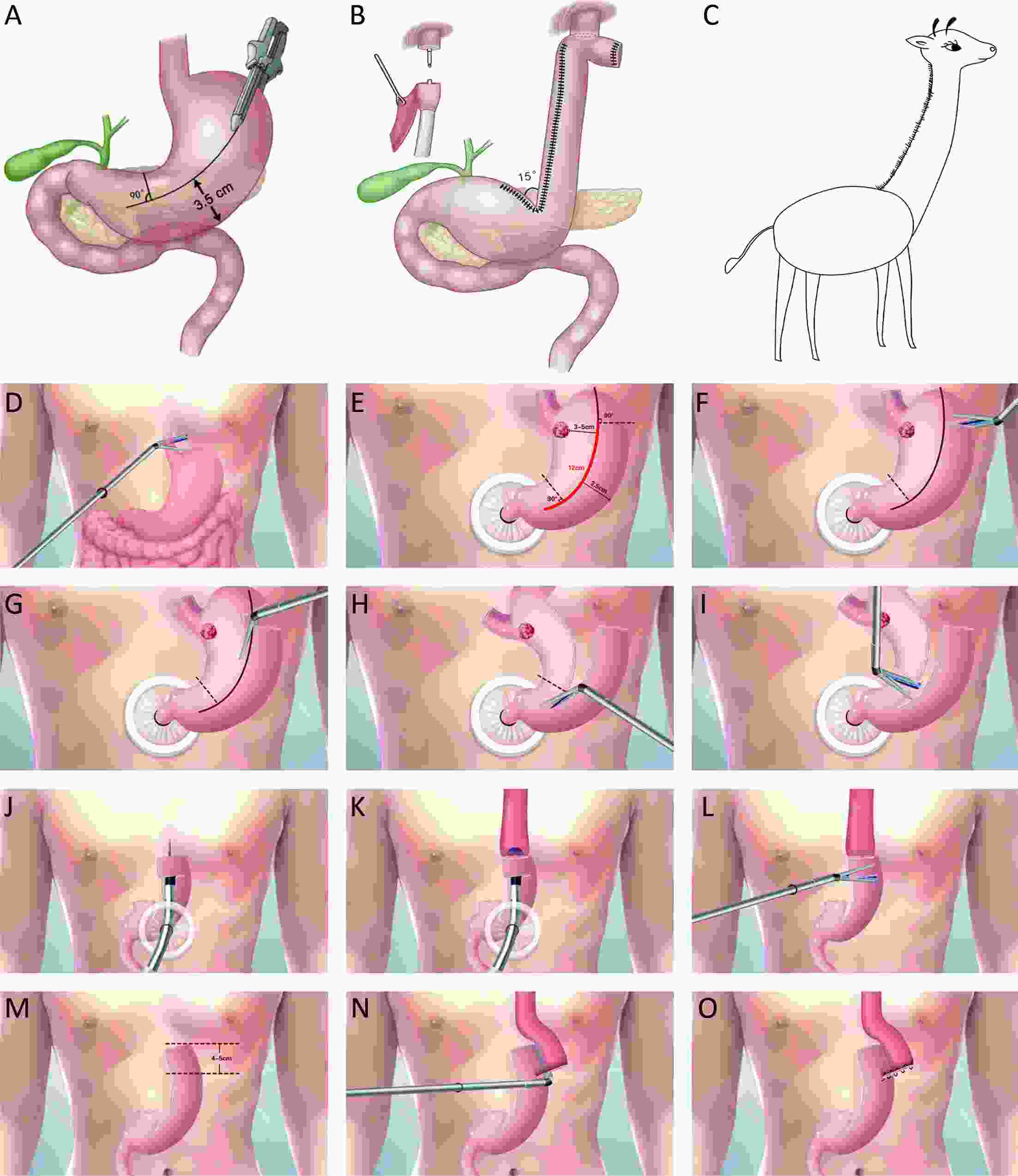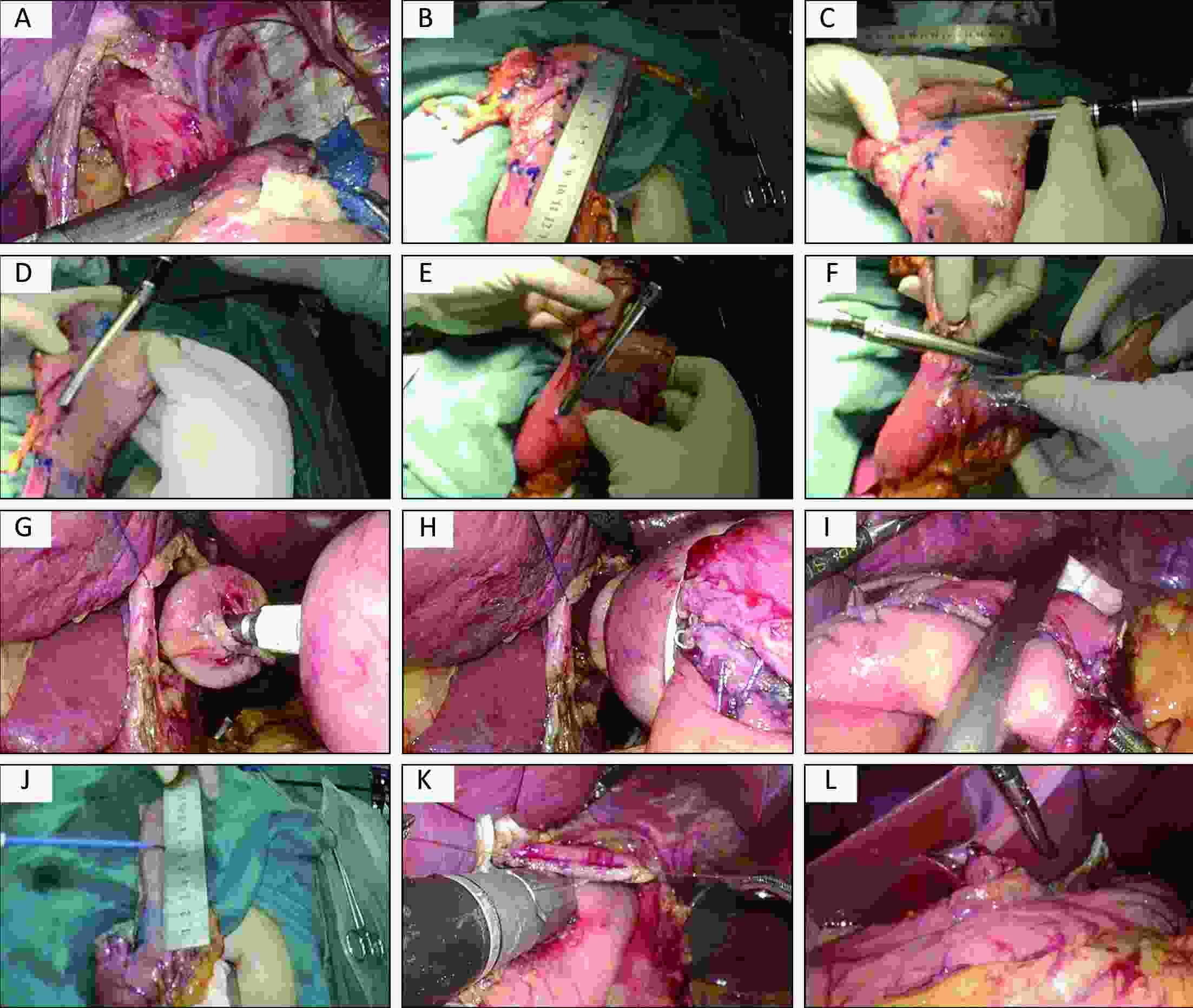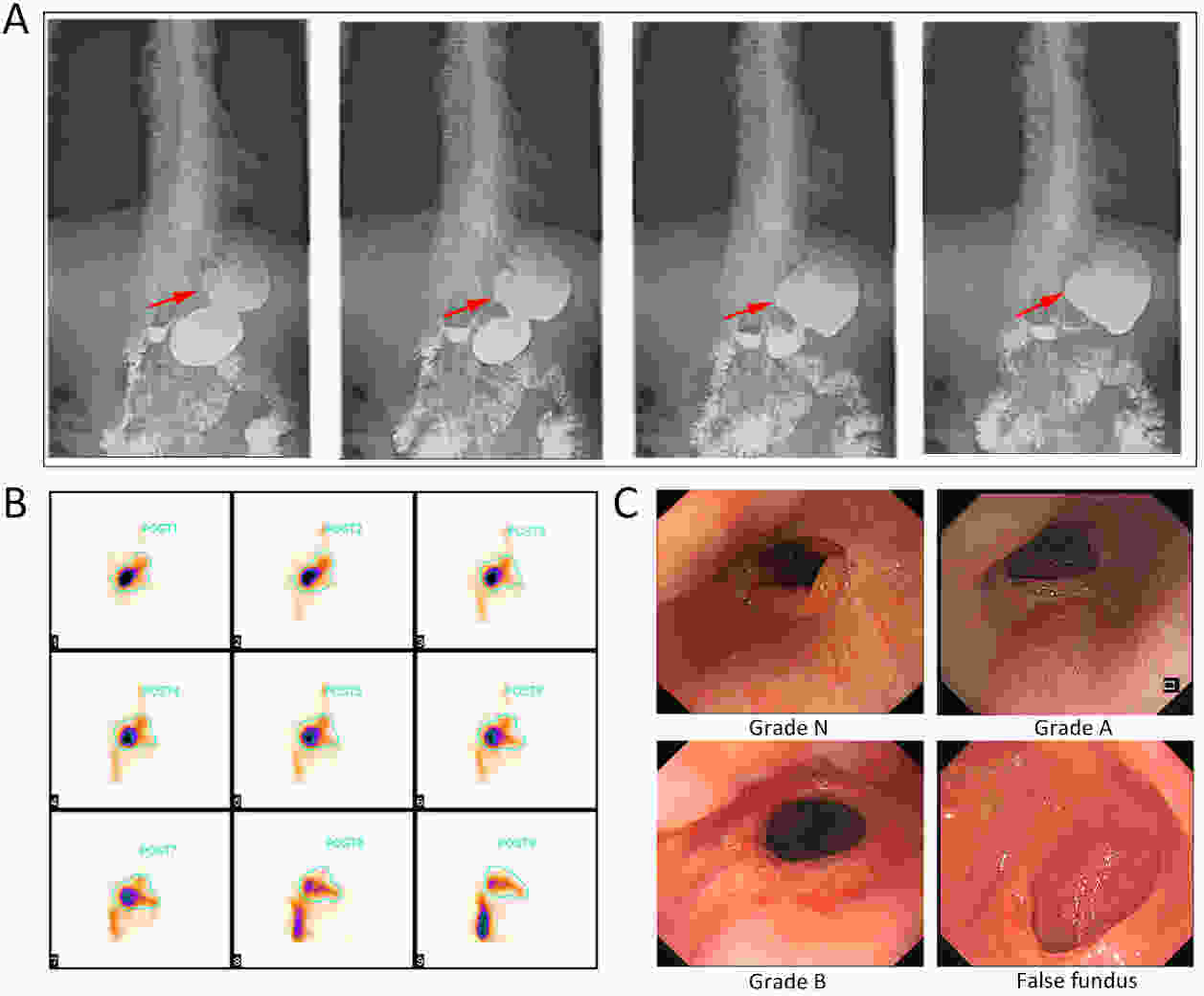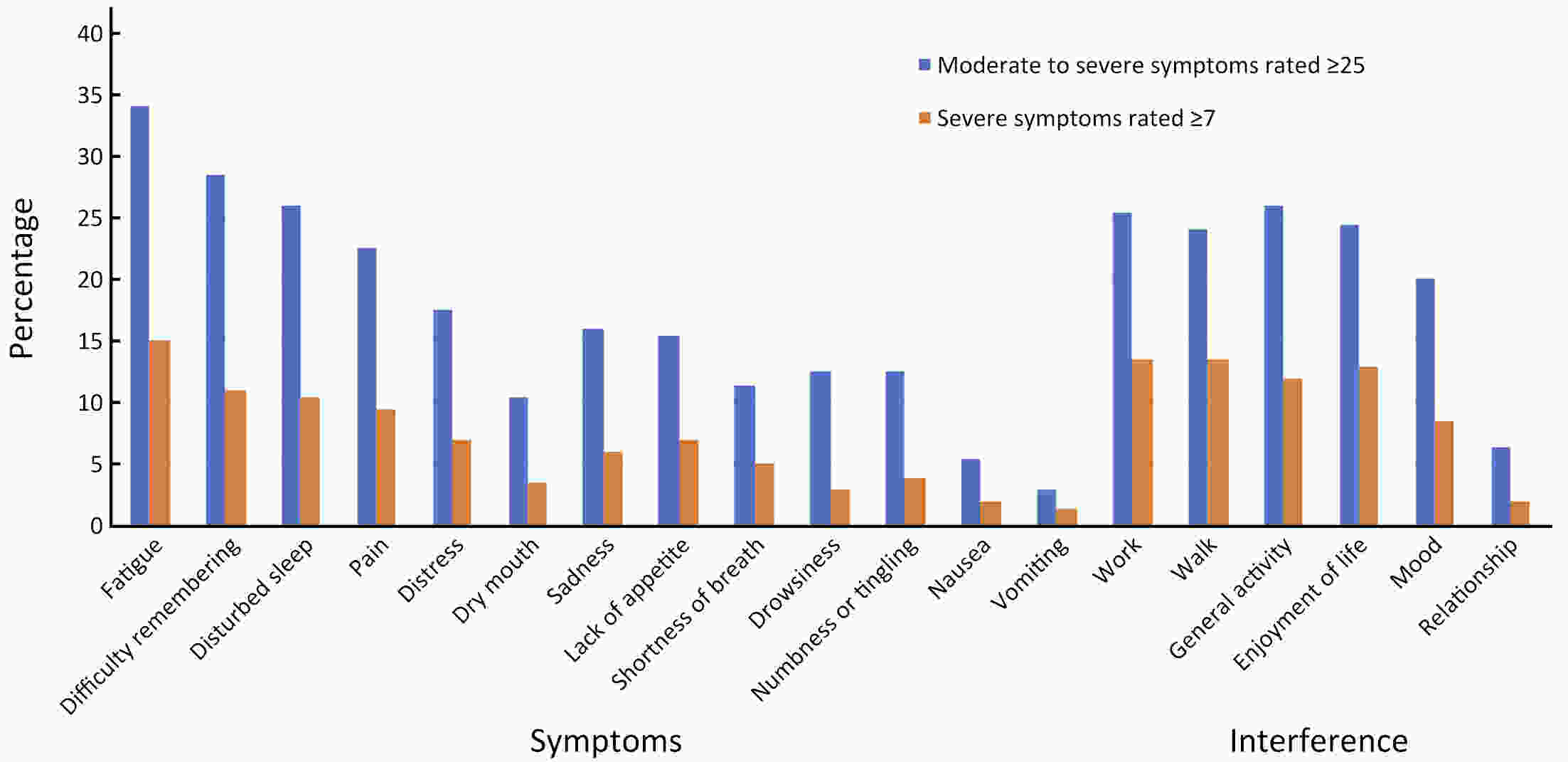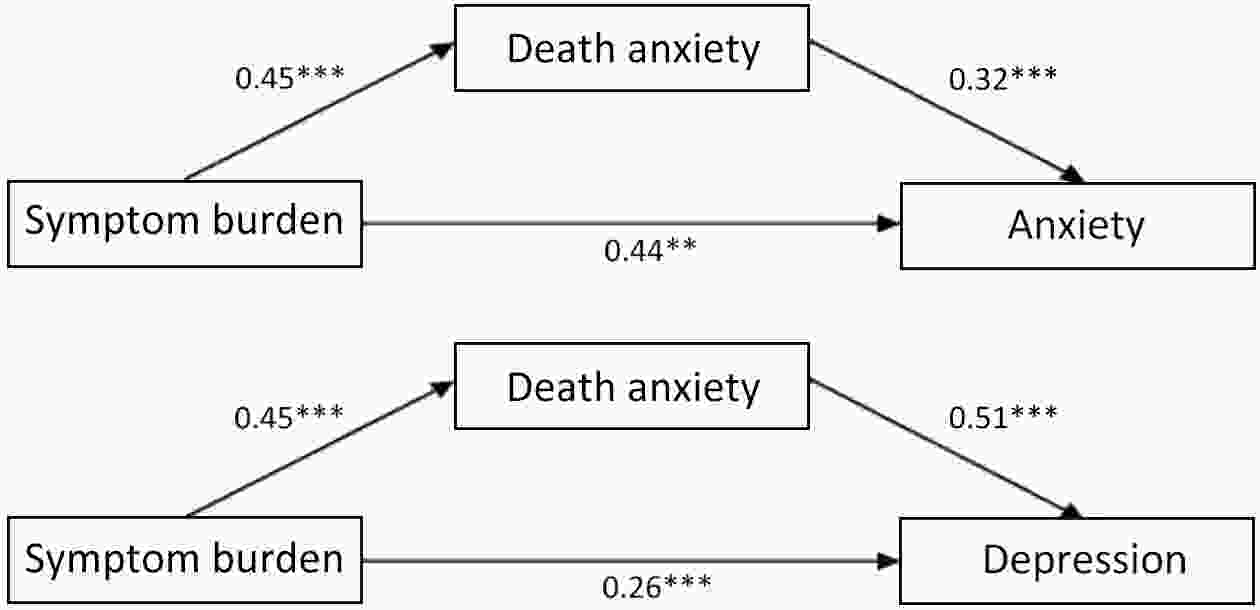2022 Vol.34(3)
Display Mode: |
2022, 34(3): 131-150.
doi: 10.21147/j.issn.1000-9604.2022.03.01
Abstract:
2022, 34(3): 151-175.
doi: 10.21147/j.issn.1000-9604.2022.03.02
Abstract:
2022, 34(3): 176-206.
doi: 10.21147/j.issn.1000-9604.2022.03.03
Abstract:
2022, 34(3): 207-237.
doi: 10.21147/j.issn.1000-9604.2022.03.04
Abstract:
National guidelines for diagnosis and treatment of pancreatic cancer 2022 in China (English version)
2022, 34(3): 238-255.
doi: 10.21147/j.issn.1000-9604.2022.03.05
Abstract:
2022, 34(3): 270-288.
doi: 10.21147/j.issn.1000-9604.2022.03.07
Abstract:
2022, 34(3): 289-297.
doi: 10.21147/j.issn.1000-9604.2022.03.08
Abstract:
ObjectiveReconstruction of the digestive tract for adenocarcinoma of esophagogastric junction (AEG) is in dispute. This study evaluated Cheng’s gastric tube interposition esophagogastrostomy with reconstruction of His angle and fundus (Cheng’s GIRAFFE anastomosis) in laparoscopic/open proximal gastrectomy for Siewert type II AEG, which was performed at Zhejiang Cancer Hospital and the First Affiliated Hospital of Zhejiang Chinese Medical University. Here, we discuss the preliminary results of gastric emptying and anti-reflux. MethodsFrom a retrospective database, 74 patients with advanced Siewert type II AEG underwent curative proximal gastrectomy with GIRAFFE anastomosis, and their gastric emptying and anti-reflux outcomes were evaluated by the Reflux Disease Questionnaire (RDQ) score, nuclide gastric emptying, 24-h impedance-pH monitoring and gastroscopy. ResultsSeventy-four patients successfully completed proximal partial gastrectomy with Cheng’s GIRAFFE esophagogastric anastomosis. RDQ score six months after the operation was 2.2±2.5. Results of nuclide gastric emptying examinations showed that the gastric half-emptying time was 67.0±21.5 min, the 1-h residual rate was (52.2±7.7)%, the 2-h residual rate was (36.4±5.1)%, and the 3-h residual rate was (28.8±3.6)%; 24-h impedance-pH monitoring revealed that the mean DeMeester score was 5.8±2.9. Reflux esophagitis was observed by gastroscopy in 7 patients six months after surgery. ConclusionsCheng’s GIRAFFE anastomosis is safe and feasible for Siewert type II AEG.
2022, 34(3): 298-308.
doi: 10.21147/j.issn.1000-9604.2022.03.09
Abstract:
ObjectiveRecent research has documented psychological distress in advanced breast cancer (ABC) patients, but few studies have examined how death anxiety is affected by the symptom burden. Therefore, this study aims to explore the association among symptom burden, death anxiety and psychological distress (depression and anxiety) in ABC patients. MethodsThis cross-sectional study used the Death and Dying Anxiety Scale (DADDS), 9-item Patient Health Questionnaire (PHQ-9), General Anxiety Disorder-7 (GAD-7) and MD Anderson Symptom Inventory (MDASI) to assess death anxiety, depression, anxiety, and symptom burden, respectively. Bias-corrected bootstrapping methods were used to estimate indirect effects and 95% confidence intervals. ResultsTwo hundred ABC patients completed the questionnaires. All of the respondents were females, with a mean age of 50±10 years. Initial correlation analyses revealed significant associations of death anxiety with depression (r=0.57, P<0.001), anxiety (r=0.60, P<0.001) and symptom burden (r=0.43, P<0.001). Moreover, depression (r=0.53, P<0.001) and anxiety (r=0.45, P<0.001) were significantly correlated with symptom burden. An analysis using Hayes’ PROCESS macro revealed the partial effecting role of death anxiety in the relationship between depression and symptom burden, and between anxiety and symptom burden (contributions to the total effect of 0.247 and 0.469, respectively). ConclusionsThis study provides insight into the relationship between death anxiety and symptom burden. The results suggest that interventions addressing death anxiety may be more effective for alleviating the depression and anxiety experienced by ABC patients with a symptom burden.

 Abstract
Abstract FullText HTML
FullText HTML PDF 1014KB
PDF 1014KB